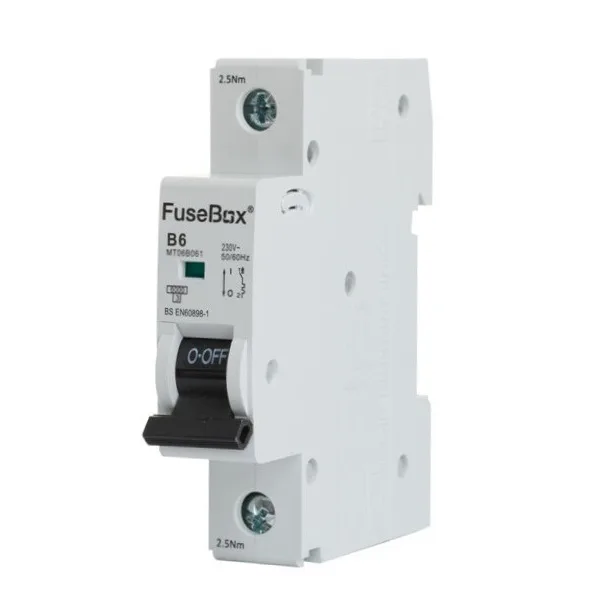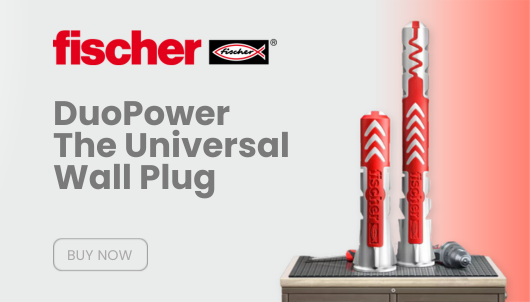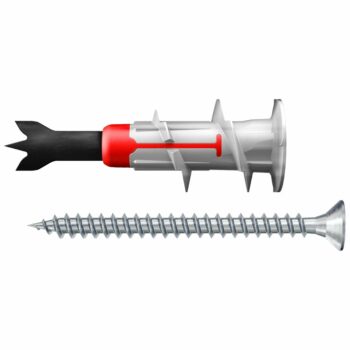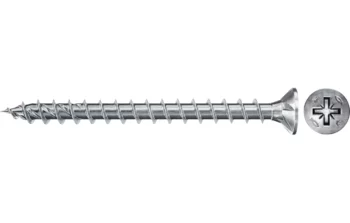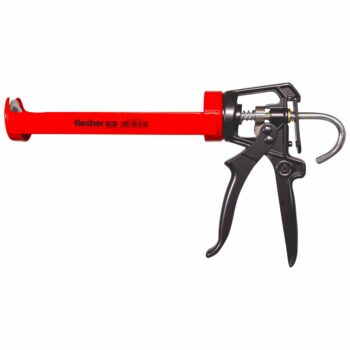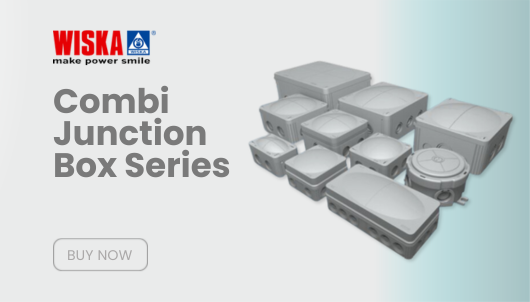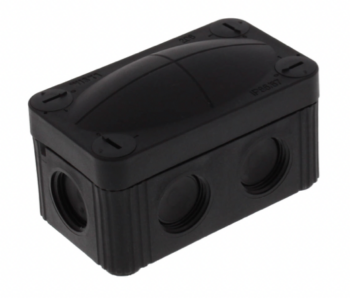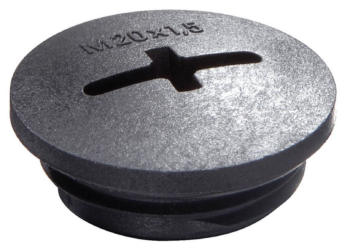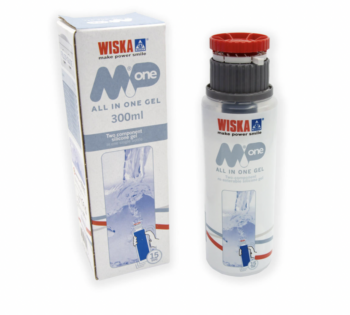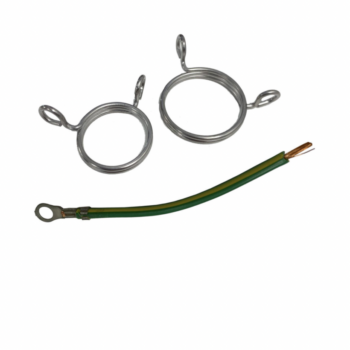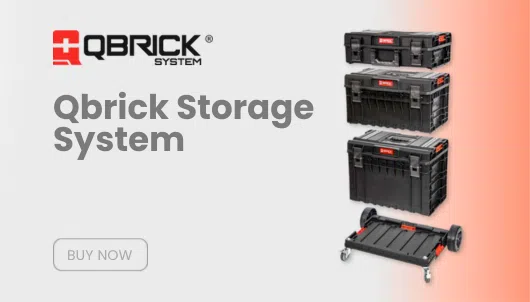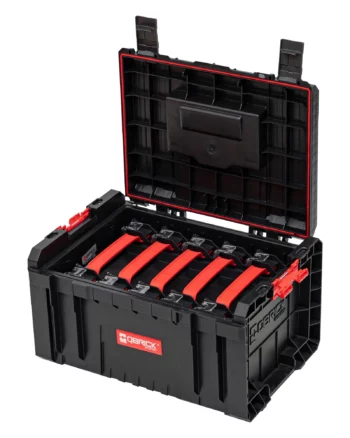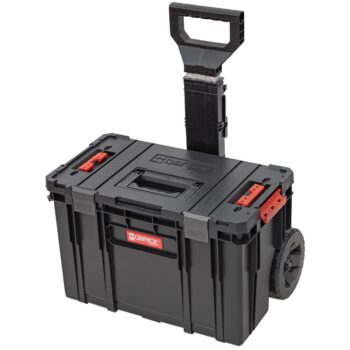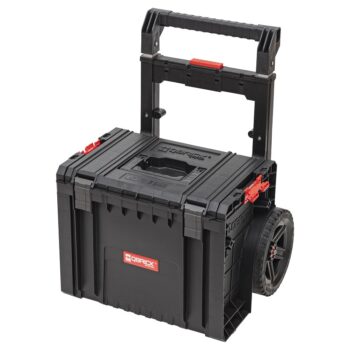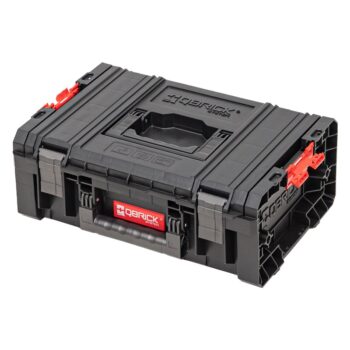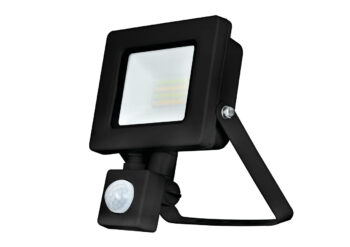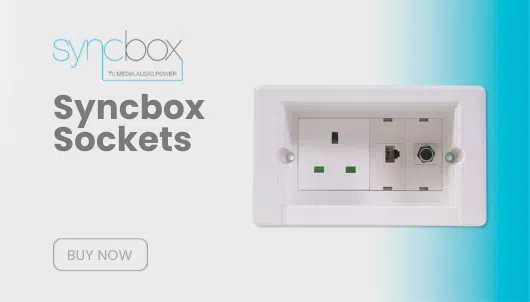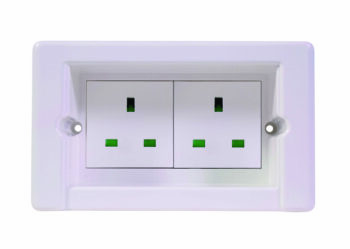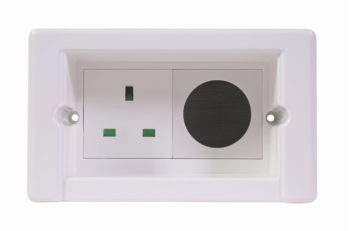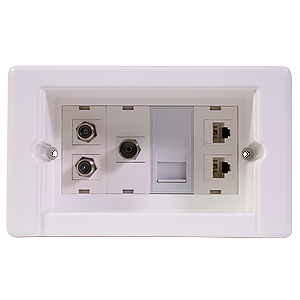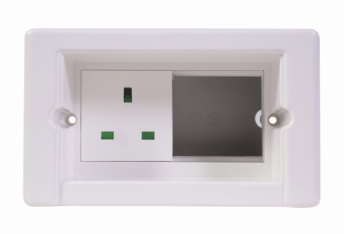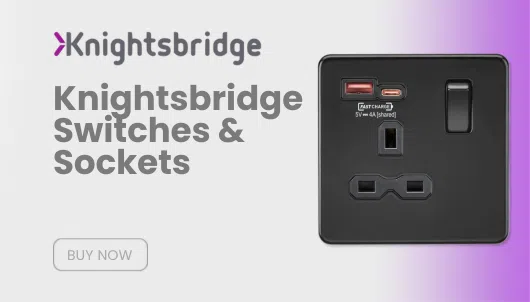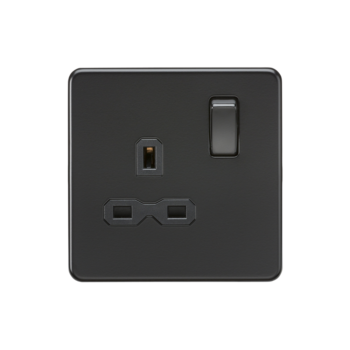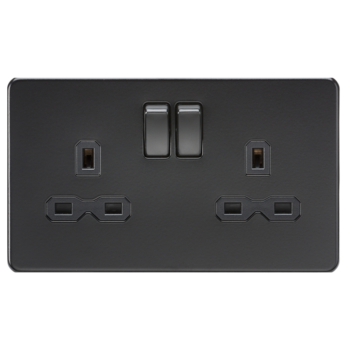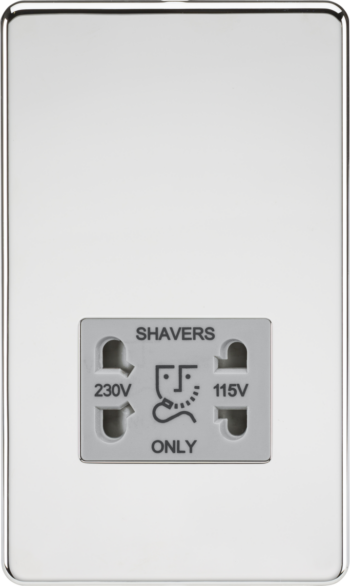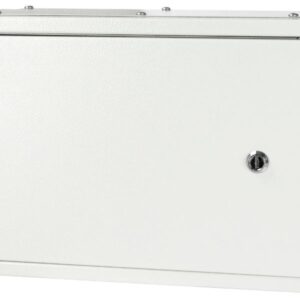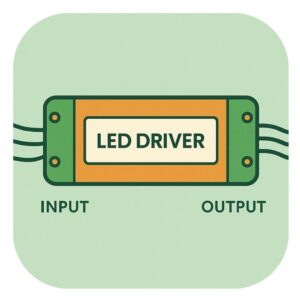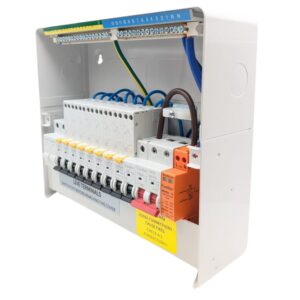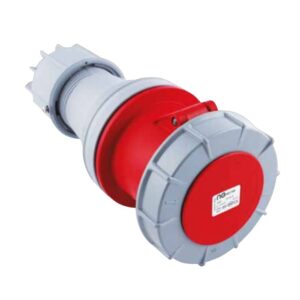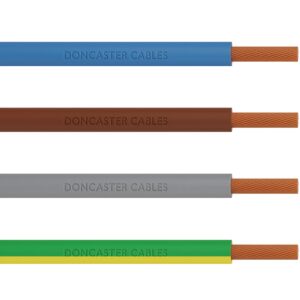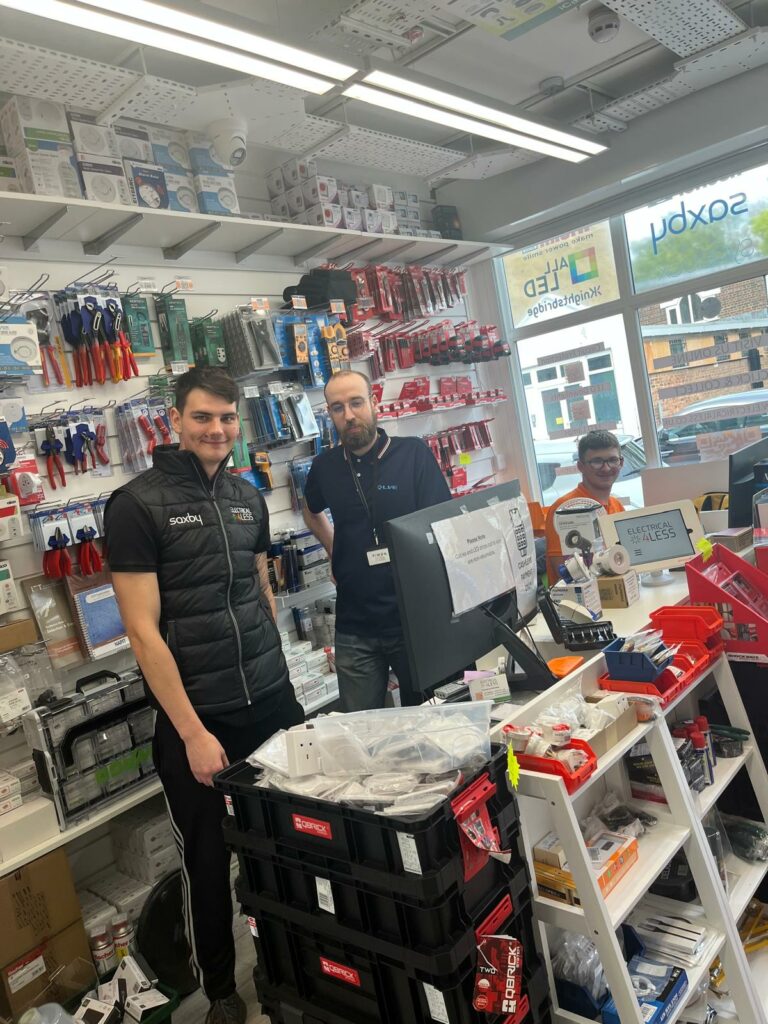Fusebox MCB: The Complete Guide to Fusebox Miniature Circuit Breakers
In today’s world, ensuring that electrical systems are safe, efficient, and reliable is a must for both homes and businesses. This is where Fusebox MCBs (Miniature Circuit Breakers) come into play. These vital components protect circuits from the dangers of overcurrent, short circuits, and electrical faults. With Fusebox, a trusted name in electrical protection, the Fusebox MCB is an essential addition to any Fusebox consumer unit.
In this complete guide, we’ll explore what makes Fusebox MCBs so effective, delve into their types, explain how they work, and clarify why they are essential for electrical safety. Whether you’re an electrician, a homeowner, or simply looking to understand more about the electrical setup in your property, this guide will equip you with everything you need to know about Fusebox MCBs.
Table of contents
- Fusebox MCB: The Complete Guide to Fusebox Miniature Circuit Breakers
- What is a Fusebox MCB?
- Why MCBs are Essential for Modern Electrical Systems
- How Fusebox MCBs Work
- Different Types of MCBs
- Choosing the Right Fusebox MCB for Your Consumer Unit
- Benefits of Using Fusebox MCBs
- UK Regulations and Standards for MCBs
- Installation and Maintenance Tips
- Conclusion
- Frequently Asked Questions (FAQ)
What is a Fusebox MCB?
A Fusebox MCB (Miniature Circuit Breaker) is an electrical safety device designed to automatically switch off a circuit if an overload or fault is detected. Installed within a Fusebox consumer unit, the MCB safeguards electrical circuits by interrupting the flow of current when it exceeds safe levels. Unlike traditional fuses, which need replacement after tripping, MCBs can be reset, making them both cost-effective and convenient for ongoing protection.
MCBs are critical in protecting not only the wiring but also the appliances and devices connected to the circuit, preventing potential fire hazards and damage.
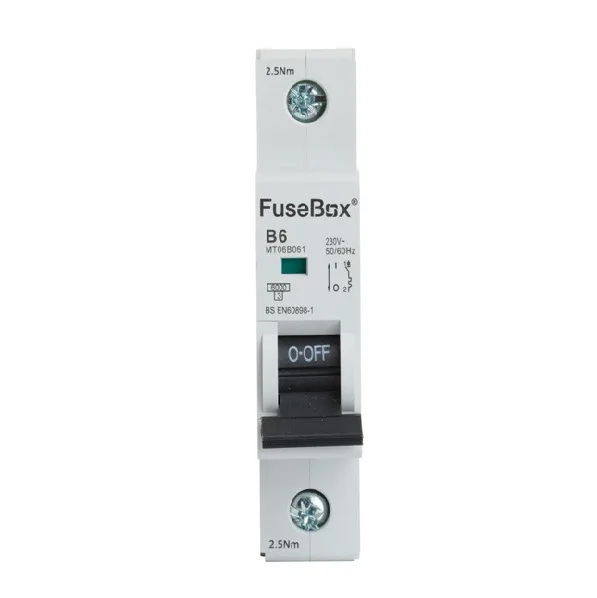
Why MCBs are Essential for Modern Electrical Systems
In today’s world, we rely on more electrical devices than ever before. Over time, this increased load puts added stress on electrical systems, making protection devices like MCBs crucial. An MCB helps:
- Prevent Electrical Fires: By stopping excessive current flow, MCBs reduce the risk of overheating, a primary cause of electrical fires.
- Protect Devices: MCBs prevent delicate devices from being damaged by voltage fluctuations and surges.
- Enhance Safety: MCBs are designed to quickly detect and respond to electrical issues, providing a higher level of protection for both people and property.
Additionally, Fusebox MCBs comply with the latest BS 7671 wiring regulations in the UK, ensuring they meet stringent safety and performance standards.
How Fusebox MCBs Work
Fusebox MCBs are automatic switches that operate by detecting overcurrent. When the current exceeds a predetermined level, the MCB interrupts the flow of electricity, effectively shutting down the circuit until it is reset. Here’s how it all happens:
- Thermal Mechanism: MCBs have a bimetallic strip that heats up with excessive current. When it reaches a specific temperature, it bends, triggering the switch and opening the circuit.
- Magnetic Mechanism: For faster tripping in case of sudden faults like short circuits, MCBs use an electromagnetic coil. This coil generates a magnetic force strong enough to trip the switch almost instantaneously.
Advantages Over Fuses
Unlike fuses, which can only be used once, MCBs can be reset and reused. This makes MCBs a more practical, cost-effective solution for circuit protection. Their faster response to faults and easy reset capability make them a preferred choice for both residential and commercial installations.
Different Types of MCBs
Fusebox offers a range of MCBs tailored to meet various needs. MCBs are typically classified by their tripping characteristics, which describe how quickly they respond to different levels of overloads. Here are the most common types of MCBs:
- Type B MCBs: These trip between 3-5 times the rated current and are ideal for residential applications with low surge currents, such as lighting and socket circuits.
- Type C MCBs: Tripping at 5-10 times the rated current, Type C MCBs are well-suited for commercial and industrial settings where moderate surges are expected, such as in equipment with motors.
- Type D MCBs: These have a higher tripping range, between 10-20 times the rated current, making them ideal for environments with heavy machinery or high inrush currents.
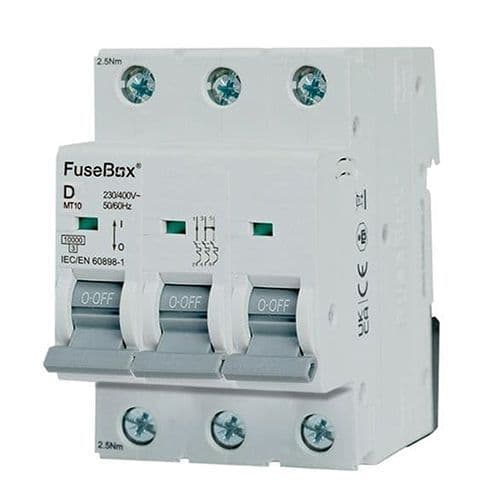
Choosing the Right Type
Selecting the correct type of Fusebox MCB is essential for optimal protection. For most UK households, Type B MCBs are suitable, while commercial spaces with machinery may benefit from Type C or D.
Choosing the Right Fusebox MCB for Your Consumer Unit
Choosing the right MCB depends on several factors, including the type of circuit, expected load, and surge potential. Here’s a guide to making the best choice:
- Identify Circuit Load: Determine the electrical load for each circuit. Higher loads may require Type C or D MCBs.
- Assess Circuit Use: If the circuit includes motors or heavy equipment, a Type C or D MCB is advisable.
- Consult Regulations: UK standards provide guidelines for MCB selection, ensuring compatibility with the latest safety requirements.
Fusebox consumer units are compatible with all MCB types, allowing for a flexible setup tailored to the specific needs of each circuit.
Benefits of Using Fusebox MCBs
Fusebox MCBs stand out due to their reliability, efficiency, and user-friendly design. Here are some benefits:
- Durability: Fusebox MCBs are designed to withstand numerous trips without compromising performance.
- Fast Tripping: Advanced thermal and magnetic mechanisms ensure rapid response to faults.
- Easy Maintenance: MCBs are straightforward to reset, inspect, and replace if necessary.
- High Compatibility: Fusebox MCBs fit seamlessly within Fusebox consumer units, making them easy to install.
These MCBs not only ensure safety but also contribute to a low-maintenance, cost-effective electrical system for your property.
UK Regulations and Standards for MCBs
In the UK, the 18th Edition of the BS 7671 Wiring Regulations sets the standards for MCB use in electrical installations. Compliance with these regulations is crucial for:
- Ensuring Safety: Properly rated MCBs reduce the risk of electrical fires and other hazards.
- Meeting Legal Requirements: MCBs must be used according to building regulations to avoid potential legal liabilities.
- Future-Proofing Installations: Compliance with BS 7671 ensures that installations meet the latest safety standards, making them reliable for years to come.
Failure to comply with these standards can lead to faulty installations, fines, and safety risks. Fusebox MCBs are designed to meet or exceed these stringent standards, providing peace of mind for both homeowners and electricians.
Installation and Maintenance Tips
Installation Guidelines
For safe and effective installation of a Fusebox MCB:
- Turn off the Main Power: Always disconnect the main power supply before installing an MCB.
- Match the Circuit Rating: Ensure the MCB rating aligns with the circuit requirements.
- Check the Connections: Securely fasten all wiring to prevent loose connections.
Maintenance Tips
- Regular Inspections: Schedule periodic inspections of MCBs and consumer units for signs of wear.
- Testing: Test the MCBs occasionally to verify they trip as expected.
- Clean the Consumer Unit: Keeping the unit free from dust and debris can improve efficiency and prolong the life of the MCBs.
Conclusion
Fusebox MCBs are indispensable tools in protecting modern electrical systems from overcurrent and short circuits. They provide fast, reliable, and convenient protection for residential and commercial properties alike. With Fusebox’s quality construction and adherence to UK regulations, these MCBs stand out as trusted, long-lasting solutions.
Whether you’re updating an existing consumer unit or installing a new one, choosing Fusebox MCBs is a proactive step toward enhancing safety, minimizing downtime, and ensuring the durability of your electrical infrastructure.
See the full Fusebox MCB range here!
Frequently Asked Questions (FAQ)
An MCB, or Miniature Circuit Breaker, protects circuits from overcurrent and short circuits by automatically cutting power.
Unlike fuses, which need replacing after tripping, MCBs can be reset and reused, offering greater convenience.
Fusebox MCBs are specifically designed for Fusebox consumer units, ensuring a perfect fit and optimal performance.
The main types are Type B, C, and D, each suitable for different circuit loads and surge levels.
Type B MCBs are ideal for household circuits, where surge currents are low.

